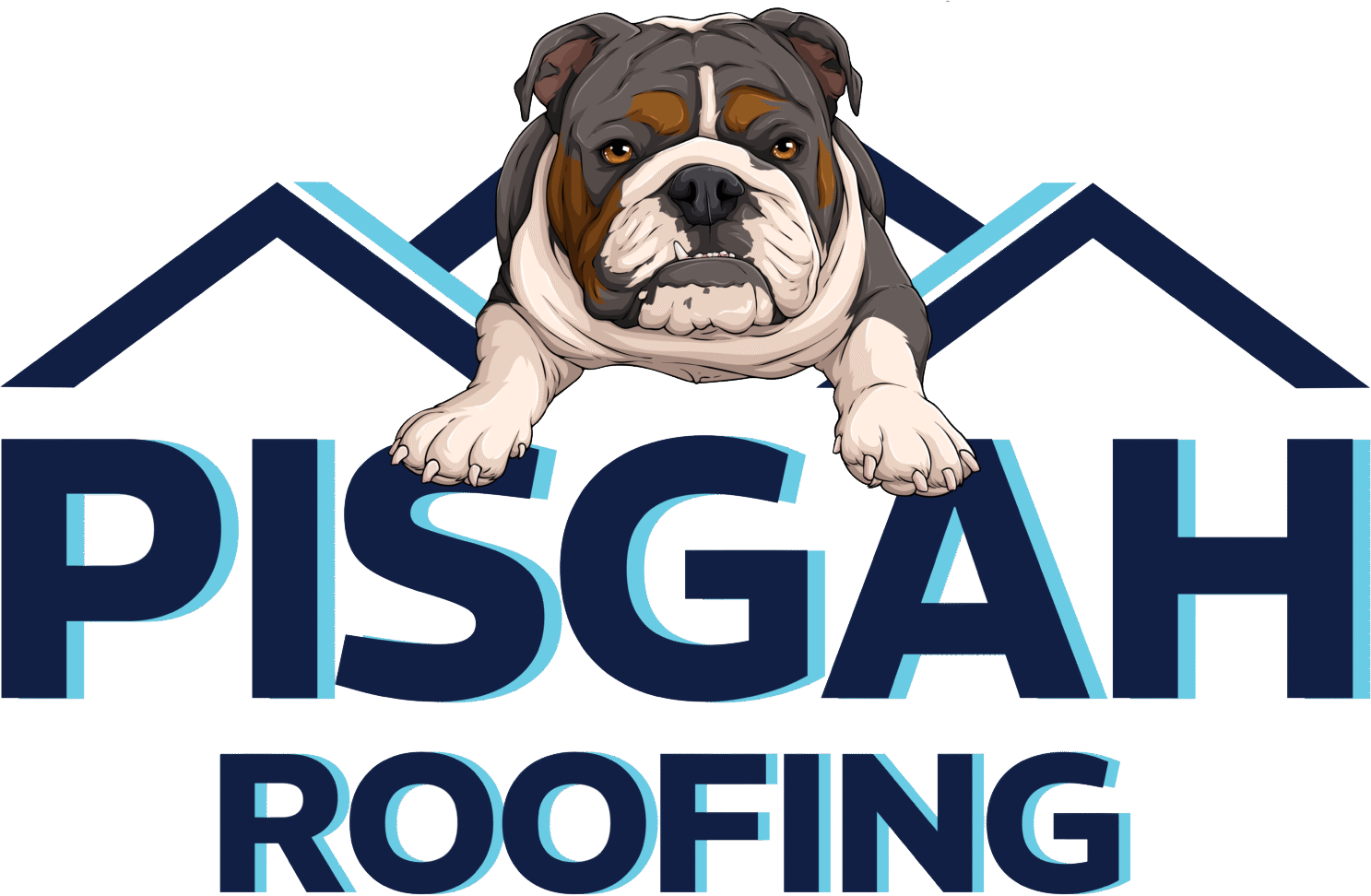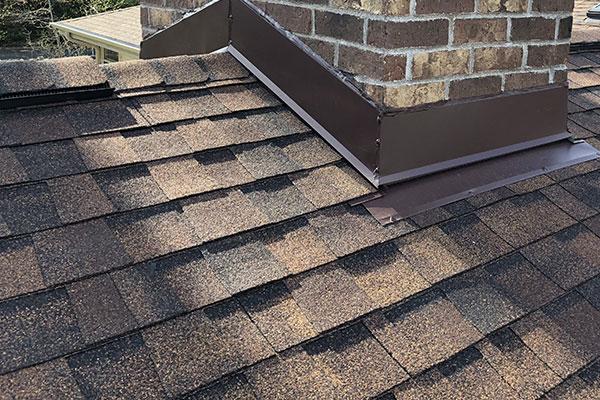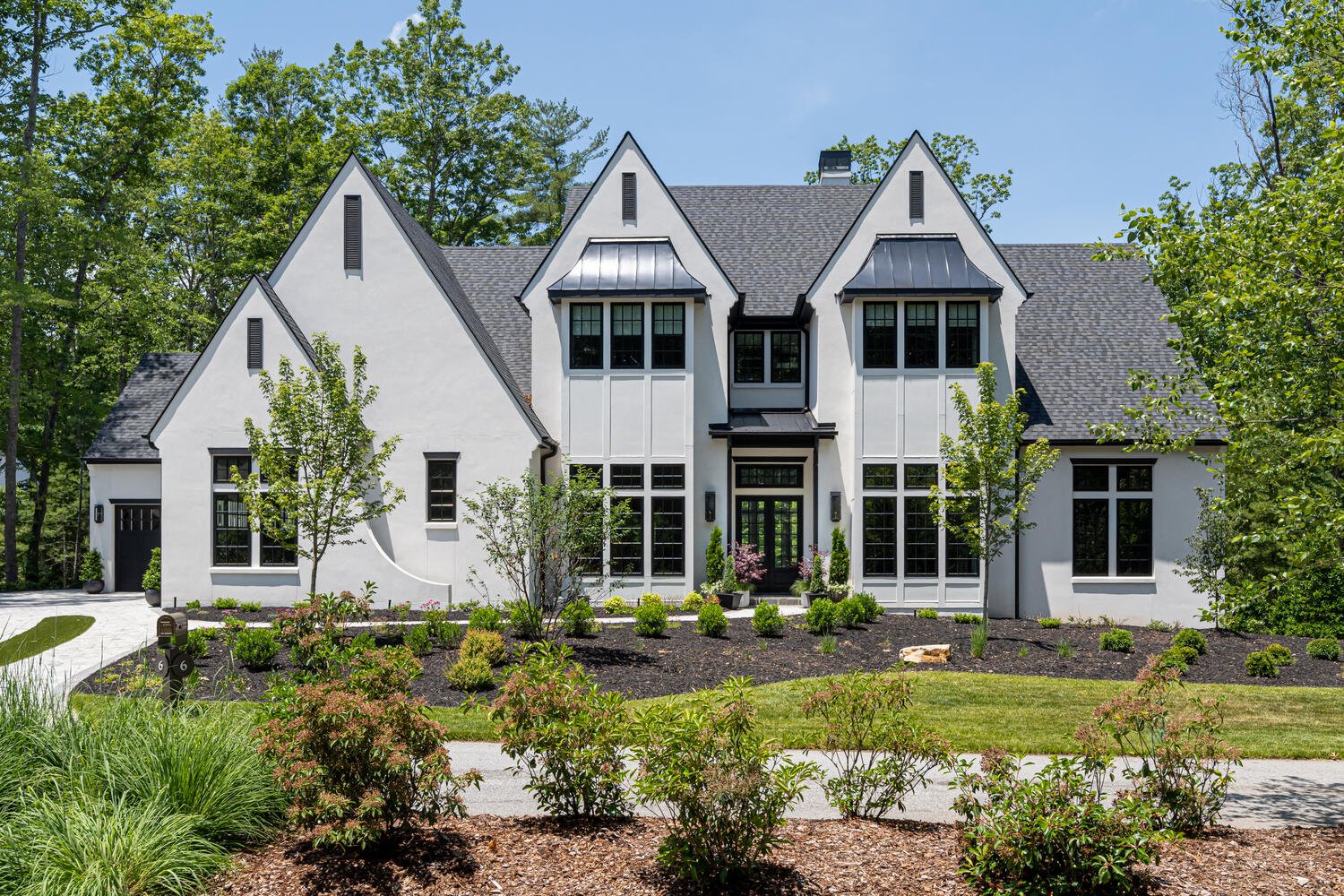Roofing Inspection
Free Home or Business Roof Inspection
Call Pisgah Roofing today for a free home or business roof inspection. We have a detailed roofing checklist and follow up with an in-depth estimate to fix and repair all roof damage.
- Leaks
- Storm Damage
- Wear & Tear
- Free Estimate
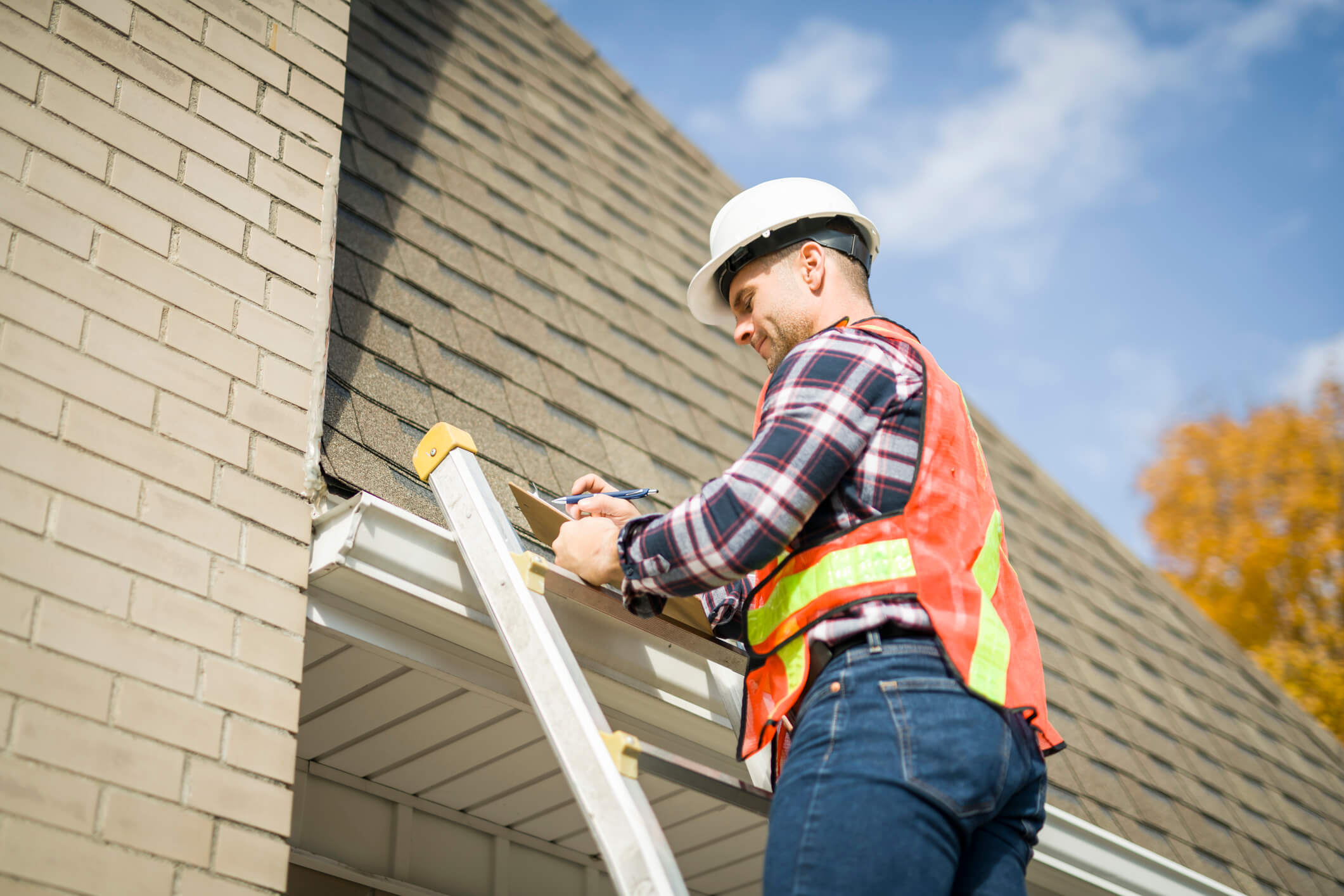
What Is Roof Inspection & Why You Need One
Simply put a roof inspection should determine the integrity of the roof, when it may need to be replace, identify any damage and give you an idea of how long your roof may last. These inspections can help you gather more information on unwanted leaks, minor or major damage from storms and overall wear and tear. Doing regular inspections and fixing issues as they arise can lead to extending the life of your roof in the long term.
Roof Inspections Help Identify:
When Should You Get A Roof Inspection?
The more obvious time you may need to schedule a roof inspection is after a major weather event where you have had high winds, hail, see tree limbs or branches that have fallen or can visually determine damage such as missing shingles or leaking inside the home. However having your roof inspected should happen more often than when you suspect a major issue. You should also perform routine inspections on your roof as a preventative measure. Regular inspections can call attention to areas where you may need to schedule maintenance to prevent further damage. Timing can also be key when scheduling roof inspections. One of the most important times to get your roof inspected is in the fall, before cold winter weather sets in. Snow and cold weather can make your roof vulnerable and in addition attempting a roof repair on an icy roof can be very dangerous.
How Are Inspections Conducted?
There are many ways that the inspector can ensure a thorough and complete assessment of your roof.
Your inspector will conduct a visual inspection both outside and inside of the home. This includes walking the roof/attic area and documenting with photos any damage that is observed.
What Should I Expect After My Inspection is Conducted?
- Outline of damages
- Necessary repairs process and steps
- Accurate estimate for repairs
- Details about replacing the roof
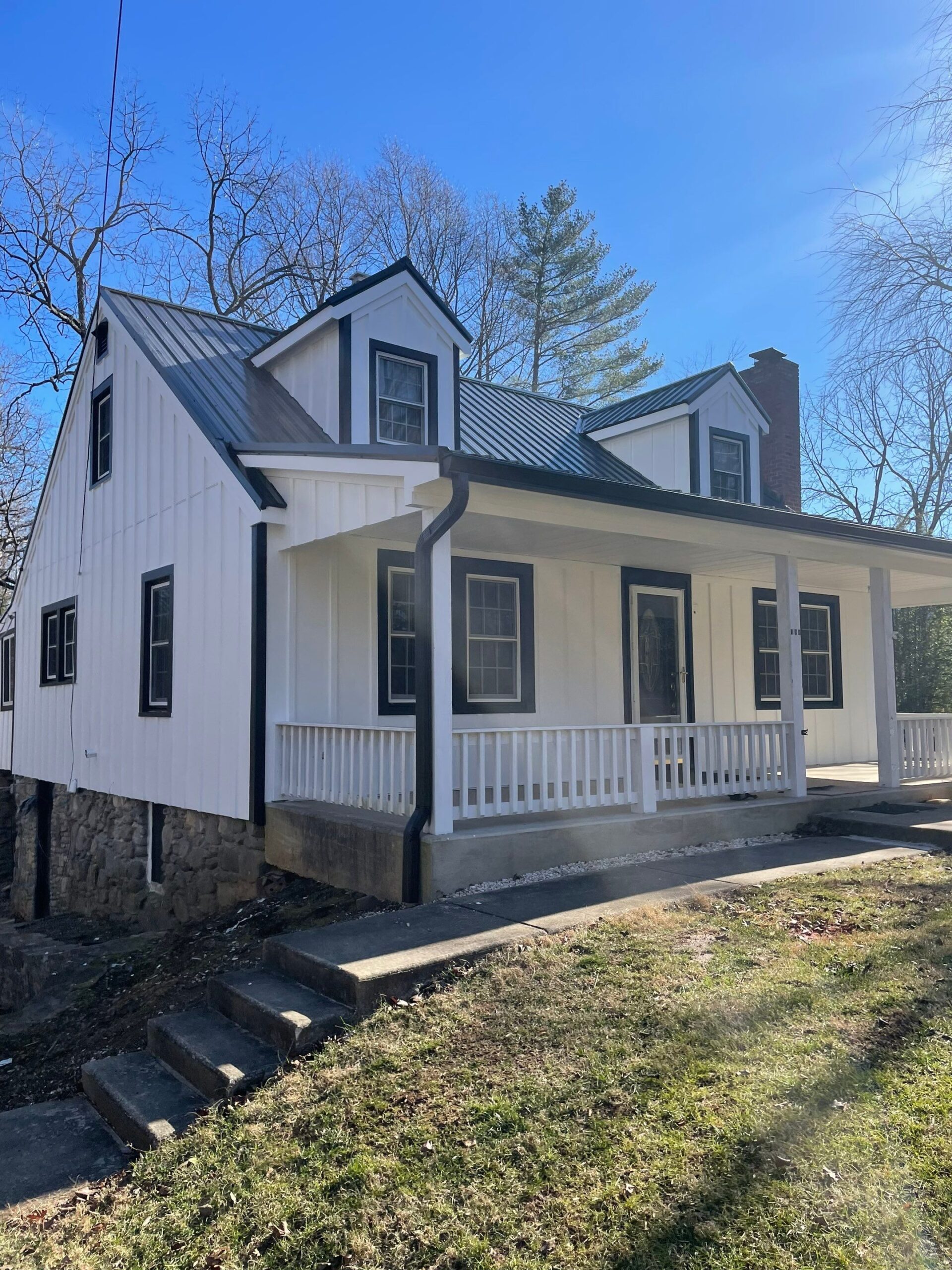
We’re Here to Help
We’d love to hear from you! Whether you have a question, need assistance, or just want to say hello, our team is here to help.
Get In Touch
-
Asheville Office
1302 Patton Ave Suite 40,
Get Directions Asheville (828) 424-7112
Asheville, NC 28806 -
Johnson City Office
4704 N. Roan St Suite 4,
Get Directions Johnson City (423) 930-9066
Johnson City, TN 37615 -
Knoxville Office
(865) 317-6633
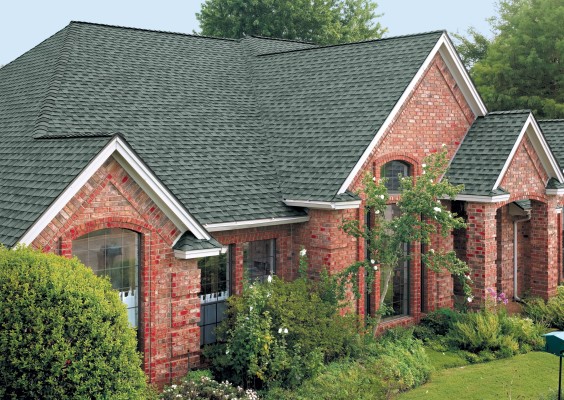
Complete the form or give us a call today.
(844) ROOF-ROOF